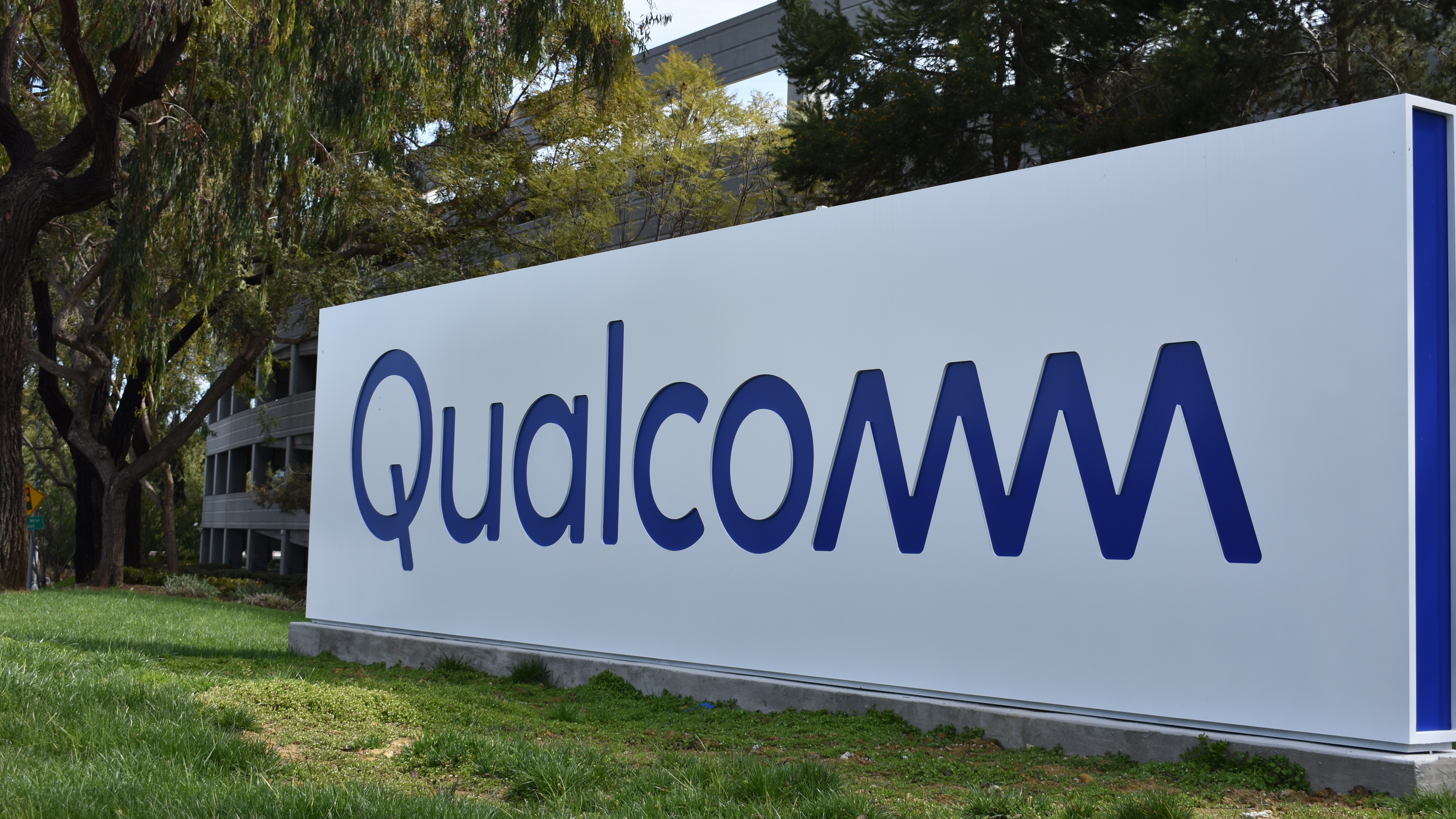Qualcomm 'ready' for 5G momentum to continue in 2020
Mobile giant was astounded by 5G progress in 2019

Qualcomm believes the launch of standalone 5G later this year, along with the greater affordability of handsets, will ensure the momentum of next-generation networking technology will continue in 2020.
The San Diego-based firm’s leadership position in mobile chips and modems means it has unique visibility over the state of the 5G market. By 2020 Qualcomm says it expects 45 operators to have launched 5G and 40 manufacturers to have released compatible devices.
Looking further ahead, it predicts 2.8 billion 5G connections by 2025 and says 340 operators in 115 countries, in Asia, South America, Europe and Africa, are investing in 5G networks. Even with its a high level of insight, the pace and scale of 5G deployment is still astounding Qualcomm.
- 5G phone deals - the best prices and contracts in February 2020
- Qualcomm beats Q1 expectations
- UK 5G speeds slower than rest of world
Surprising pace
“The speed and development of 5G coverage has been quite extraordinary,” declared Ben Timmons, director of business development at Qualcomm.
“Certainly in Europe, the operators have never been as challenged from a business point of view, [in terms of] profitability, and the challenges they face to maintain expenditure on their networks. Nonetheless, they’ve all pretty much said we’re committed [to 5G]. There was much more of a race to get than was expected this time last year.
“At MWC 2019, we were all saying ‘5G is here’ and we thought it would trickle down. But there was a big bang – in the UK in particular.
“It’s been quite unusual for the UK to be one of the leading markets [in mobile]. The speed of development, the extent of activity, and the interest in not just smartphone launches but also other use cases … there’s been a lot going on. The fact that Verizon would open a 5G lab in London suggests there is a lot of development that is separate from the underlying communications technology.”
Are you a pro? Subscribe to our newsletter
Sign up to the TechRadar Pro newsletter to get all the top news, opinion, features and guidance your business needs to succeed!
Timmons was speaking at what was supposed to be Qualcomm’s pre-Mobile World Congress (MWC) event. However the annual industry showpiece in Barcelona was cancelled due to the coronavirus outbreak – delaying a number of announcements including several smartphone launches.
Nonetheless, it can be safely assumed that the majority of 5G flagship handsets launched later this year will be powered by Qualcomm’s processors. A major focus has been the development of 5G RF front-end technology and these efforts have paid off, with revenues up five per cent in the most recent quarter, and a third generation iteration will appear in the upcoming Snapdragon X60 modem.
“Our ambitions in RF a few years ago were quite aggressive and ambitious,” added Timmons. This underpins how much progress we’ve made. This will be a very substantial part of our business going forward.”
Standing alone
Although 5G is currently the preserve of Qualcomm’s top tier mobile ‘platforms’, the technology will start to appear in other products in the Snapdragon range, increasing affordability. Combined with the greater availability of 5G, Qualcomm expects the ‘democratisation’ of 5G to happen much more quickly than with 4G.
One of the 5G challenges for operators, vendors and component manufacturers is the variety of spectrum. Most networks currently use sub-6GHz airwaves, while others – most notably the US – are using high range millimetre wave (mmWave) frequencies.
Mature 5G services will use a combination of these bands, making it necessary for Qualcomm’s technology to support them. mmWave delivers high capacity but has low propagation characteristics, meaning buildings and the human body can block signals. This has made it a challenge to create an antenna.
“mmWave is not some weird thing they’ve been forced to do in the US - it’s absolutely core [to 5G],” added Timmons. “We were told there would be no 5G smartphones compatible with mmWave because the phone would be too big and you’d need two batteries. Design is a challenge [however] as mmWave doesn’t penetrate much and you have challenges of headblocking etc. As you switch the phone around your hand, the antenna needs to move quickly.”
To this end, Qualcomm has announced a new mmWave antennas alongside a new RF Filter that will improve spectrum efficiency of 5G devices.
But it’s more than just smartphones. Qualcomm’s prediction of 2.8 billion 5G connections relies on the spread of 5G to other applications – such as connected cars and massive IoT.
Current ‘Release-15’ 5G networks still use 4G core networks. However with ‘Release-16’ set to be finalised this summer, the greater capacity and ultra-low latency of ‘Standalone 5G’ will be realised.
“If there’s one thing I regret about not going to MWC this year is that there would have been a lot of interesting announcements about standalone 5G,” said Timmons. “I think you’ll see a lot of activity in Europe in 2020.”
- Here are the best mobile phone deals for February 2020
Steve McCaskill is TechRadar Pro's resident mobile industry expert, covering all aspects of the UK and global news, from operators to service providers and everything in between. He is a former editor of Silicon UK and journalist with over a decade's experience in the technology industry, writing about technology, in particular, telecoms, mobile and sports tech, sports, video games and media.